Yes, sauerkraut is a good source of fiber and beneficial probiotics that will improve your digestion. It is also rich in antioxidants and living enzymes along with a great array of vitamins and minerals, all critical for optimal health. But, sauerkraut is more than this and there is a myriad of reasons to eat sauerkraut.
So, exactly just what is the range of nutrients that can be found in sauerkraut and how are they beneficial?
Vitamins and Minerals Found in Sauerkraut
The vitamins found in sauerkraut are numerous: Vitamin A, B vitamins, Vitamin C, Vitamin K and Vitamin U. The minerals are iron, potassium, iodine, calcium, magnesium, manganese and sodium along with trace amounts of phosphorus, chlorine, cobalt, fluorine, silicon, boron, copper, zinc, sulfur and selenium.
Vitamin C
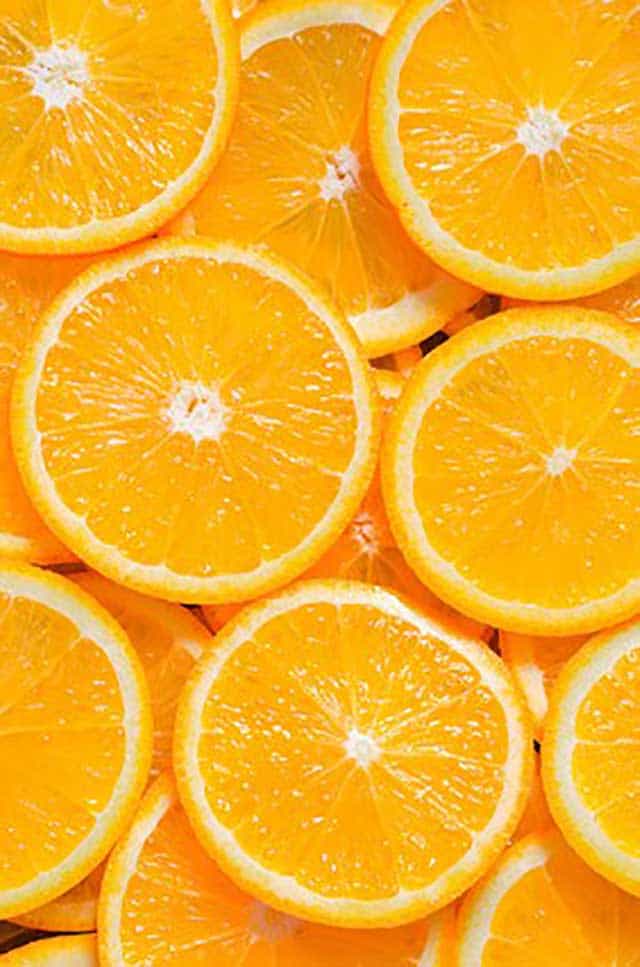
Cabbage has about 30 mg of Vitamin C per cup, but when fermented it can have upwards of 600 mg per cup with highest levels being seen in fermented red cabbage.
Scurvy, a disease caused by extreme Vitamin C deficiency, plagued sailors for centuries. As an experiment to find a cure for scurvy, Captain James Cook sailed with 7,860 pounds of sauerkraut when he left England for the South Pacific in 1768. He returned home, three years later, to report not a single death attributed to scurvy.
Vitamin K2
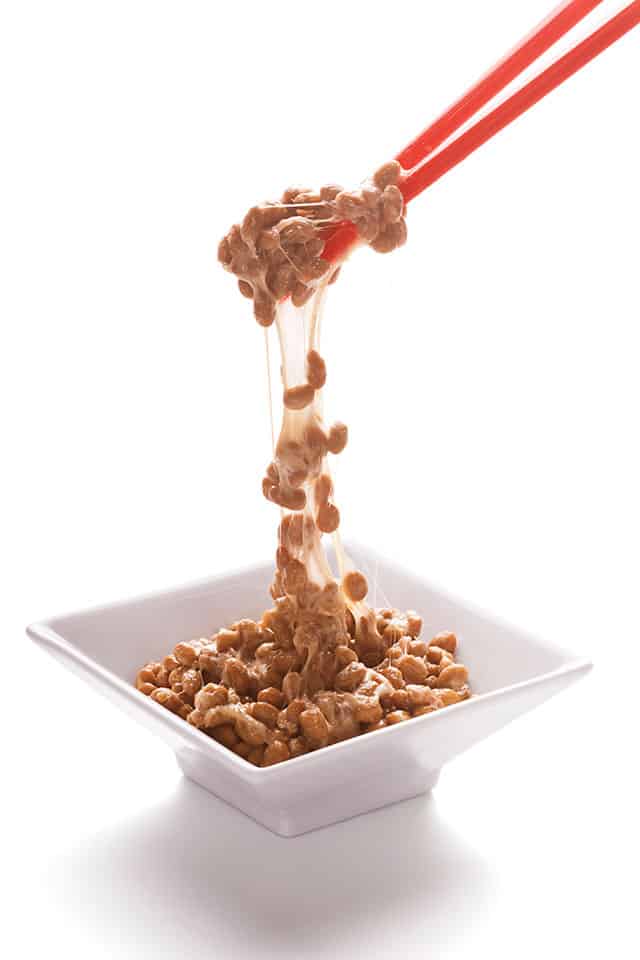
Vitamin K2, or menaquinone, is a fat-soluble vitamin produced by gut flora and found in natto, raw grass-fed dairy products, grass-fed liver, egg yolks and certain fermented foods. Research has shown that Vitamin K2 is one of the most important nutrients for long-term bone health due to its ability to assist calcium and other minerals to bind into the bone matrix to strengthen bones.
Vitamin K2 forms in the fermentation process, making sauerkraut and other fermented foods good sources of Vitamin K2.
Natto, a traditional Japanese food made from soybeans fermented with Bacillus subtilis is hands down your best source of Vitamin K2 as further discussed in this post. However, its sliminess and the funky smell is a hard sell for most of us.
Sauerkraut contains 10 mcg of Vitamin K2 in a single serving; Natto, 500 mcg or 100% of the DV in a single 2-ounce serving.
Vitamin U
Vitamin U is not a vitamin in real terms but is instead a term used to describe the enzyme S-Methylmethionine. Whether taken as a supplement or from foods, Vitamin U has been shown to be able to treat a variety of gastrointestinal conditions, including ulcerative colitis, acid reflux, and peptic ulcers. Additionally, vitamin U may be able to reduce allergic reactions to cigarette smoke.
Vitamin U is found in raw cabbage and in sauerkraut where the fermentation process makes it more bioavailable.
Various Strains of Probiotics or Bacteria Found in Sauerkraut
The main reason many of us consume sauerkraut is for the live and active probiotics. Probiotics are the bacteria present on the vegetables fermented and grown during fermentation. These various strains of probiotics help make foods more digestible and increase your gut’s ability to absorb nutrients. Lactobacillus plantarum and Lactobacillus acidophilus are a couple of the superstars found in sauerkraut.
Lactobacillus plantarum
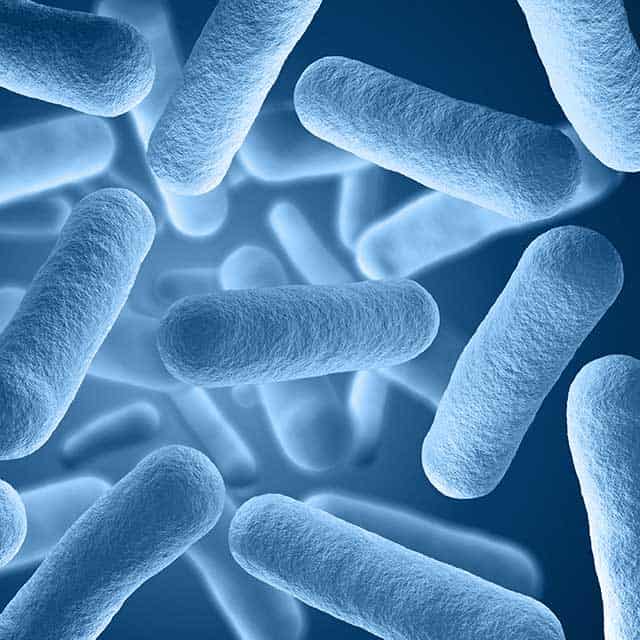
Rod-shaped Lactobacillus plantarum is extremely hardy and survives the acidic conditions of the stomach as it makes its way to your colon to colonize your gut. Lactobacillus plantarum is known for its ability to produce hydrogen peroxide which your body uses as a defense against pathogenic bacteria as well as bacteria consumed in foods. It is the dominant species of bacteria in sauerkraut.
Lactobacillus acidophilus
Lactobacillus acidophilus colonizes most densely in the small intestine where it helps maintain the integrity of the intestinal wall, ensure proper nutrient absorption and support healthy overall digestive function.
Other Species of Bacteria in Sauerkraut
As we continue to improve molecular identification techniques, we have discovered many more species of bacteria in sauerkraut than just the four first identified: Leuconostoc mesenteroides, Lactobacillus plantarum, Pediococcus pentosaceus and Lactobacillus brevis.
Probiotics are measured in colony–forming units or “CFUS.” The bacteria are identified by genus and species. The genus is the first word in a bacterium’s name; it’s the large group to which the bacteria belong. The species is the type of individual bacteria.
A few companies have had their product third-party lab tested and list bacteria on their product label. According to various labels anywhere from 80 Billion to 200 Billion CFS are present in a serving at the time of packaging. According to one label, bacteria count is maintained if the product is kept cold.
Beneficial Digestive Enzymes
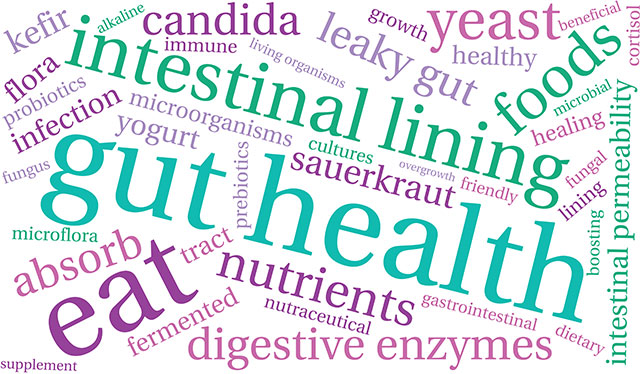
Digestive enzymes are biologically active proteins that are found throughout the body. They are destroyed by heat or pasteurization.
We get enzymes from the foods we eat and through the production of enzymes by our body. This is in contrast to probiotics, which are live bacteria found mainly in our digestive system. Our bodies can not make probiotics, however, probiotics do make enzymes.
Enzymes digest food by splitting up food molecules into smaller building blocks for easy absorption into your bloodstream. Enzymes are effective at relieving common digestive issues such as gas, bloating, indigestion, heartburn and general discomfort.
There are three main categories of digestive enzymes:
Protease, that breaks down proteins into peptides and amino acids.
Amylase, that converts starch into simple sugars your body can absorb.
Lipase, that breaks down the fats in foods for optimal digestion.
For better digestion, it is important to consume fermented foods, such as sauerkraut, in addition to other raw fruits and vegetables, especially as we age, since it is believed that our body’s enzyme production may decline as we age.
Also helpful is to thoroughly chew our food! Enzymes that are produced in our salivary glands break down starches and fats as soon as you start chewing.
Antioxidants
Antioxidants are powerful substances found mostly in fruits and vegetables, that benefit the body by neutralizing and removing free radicals from the bloodstream. Vitamin C discussed earlier, is an important antioxidant found in sauerkraut.
Sauerkraut it is also high in antioxidants such as lutein and zeaxanthin, both shown to help protect and maintain healthy cells in the eyes where they are found in high concentrations in the retina of our eyes. Especially advantageous with today’s use of electronic devices is the ability for these antioxidants to filter harmful high-energy blue wavelengths of light. They likely play a role in the prevention of cataracts.
Green leafy vegetables and eggs are also good sources of lutein and zeaxanthin.
Dietary Fiber
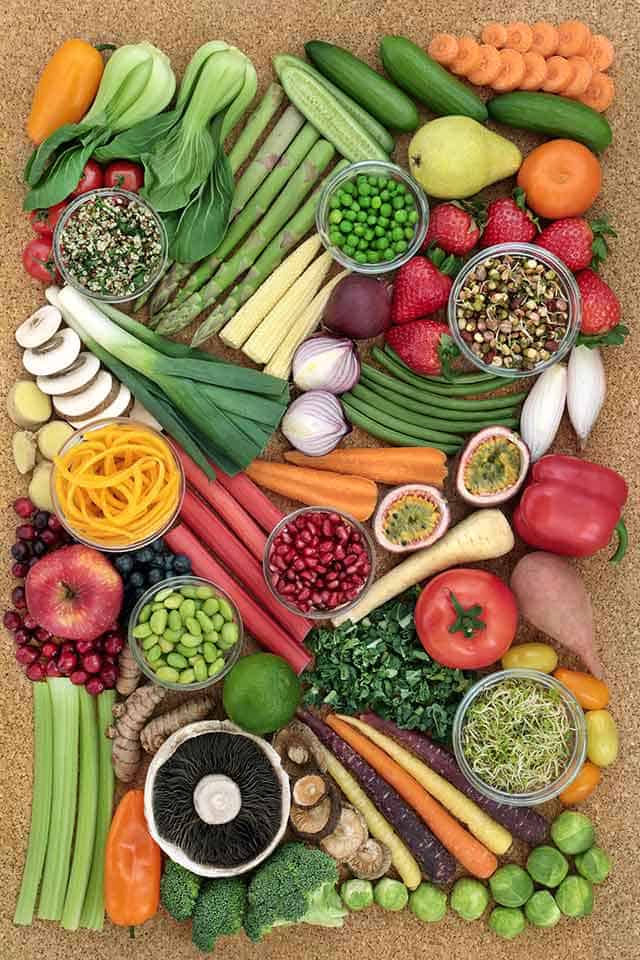
Like most vegetables, cabbage is low in calories and high in fiber. Fiber is an important part of a healthy balanced diet. In one study that followed more than 1,600 adults for an entire decade, those who at the most fiber were 80 percent more likely to be free of hypertension, diabetes, dementia, depression and disability than low-fiber consumers.
A 2-ounce (57 gram) serving of sauerkraut contains 2 grams of fiber, not near enough to match the roughly 100-150 grams of fiber scientists estimate the average hunter-gatherer ate from all manner of roots, berries, leaves and plant foods (as brought to my attention by Max Lugavere in his book, Genius Foods – a must read).
Today we consume just 15 grams per day on average with the RDA being 25-30 grams a day. Hence, the need to also consume foods rich in prebiotic fiber: berries, leeks, jicama, kale, sunchokes, avocado, spinach, arugula, garlic, onions, chicory root, unripe bananas, raw nuts, fennel, okra, bell peppers, broccoli, radishes, dark chocolate and sprouts.
These foods will not only do wonders for your gut health, but prebiotic fibers are necessary to feed the millions of microbes that inhabit your gut.
Alcohol
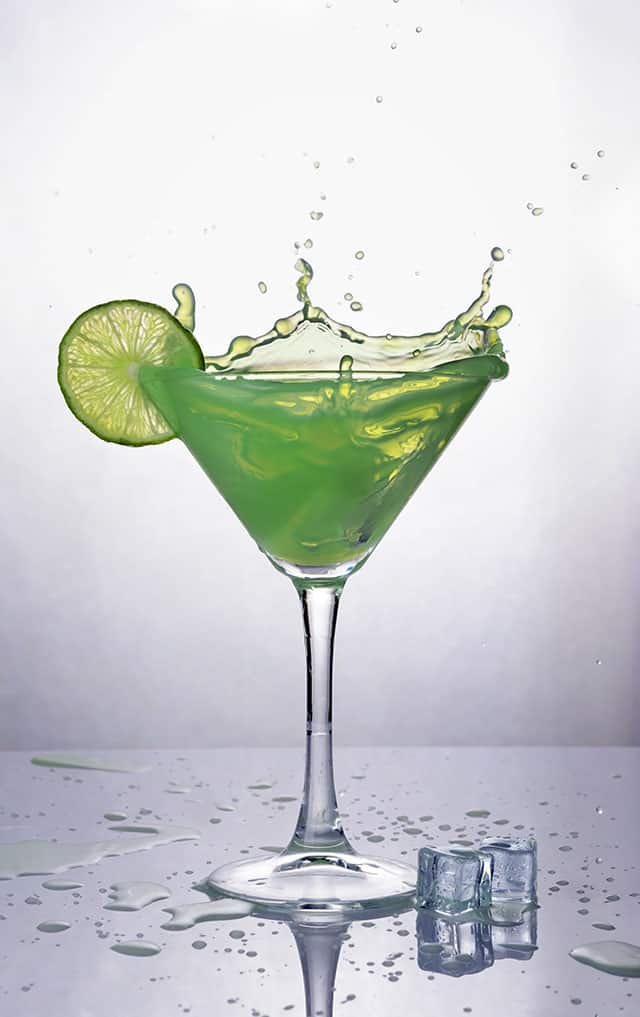
The natural process of vegetable fermentation transforms the small amount of sugars (glucose) in your cabbage into lactic acid, carbon dioxide (to keep air out of your ferment) and alcohol (ethanol). The bacteria then consume most of the ethanol and produce healthy organic acids, such as lactic acid. The amount of ethanol at the end of the fermentation for sauerkraut is so low that actual levels are probably undetectable.






